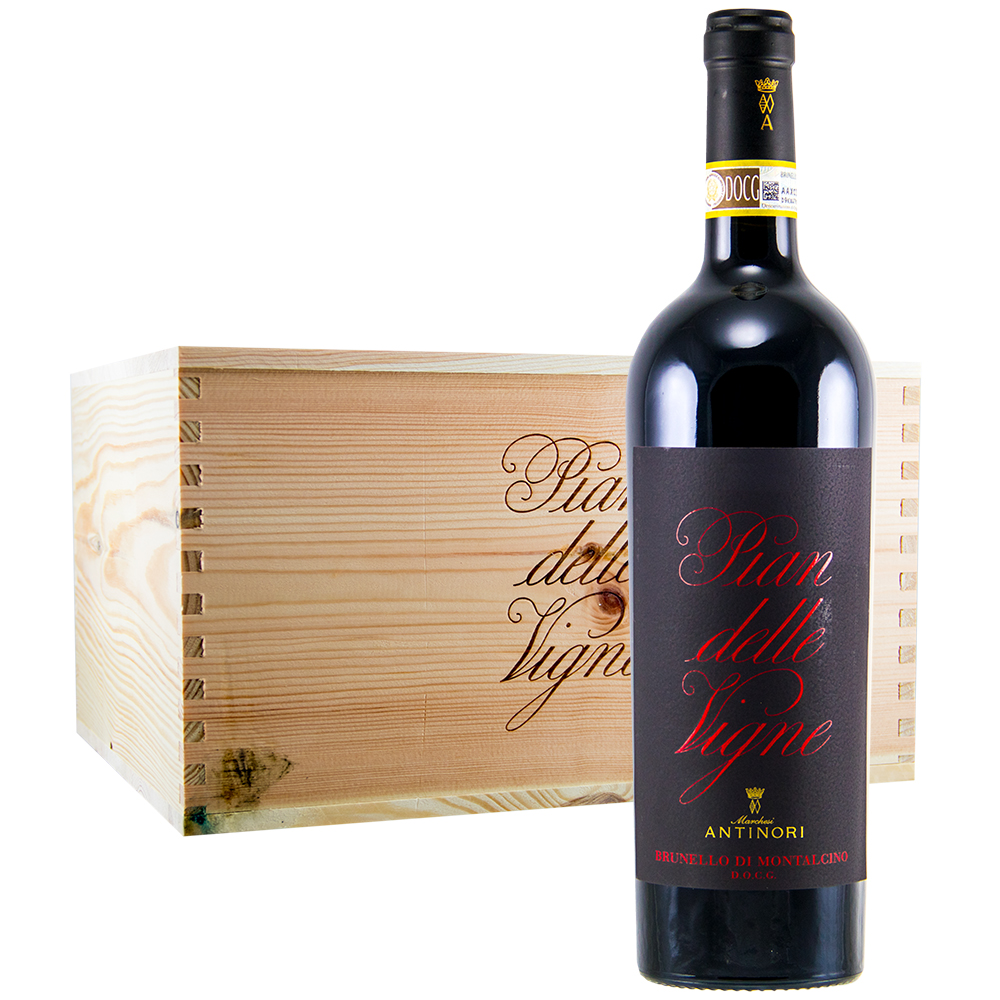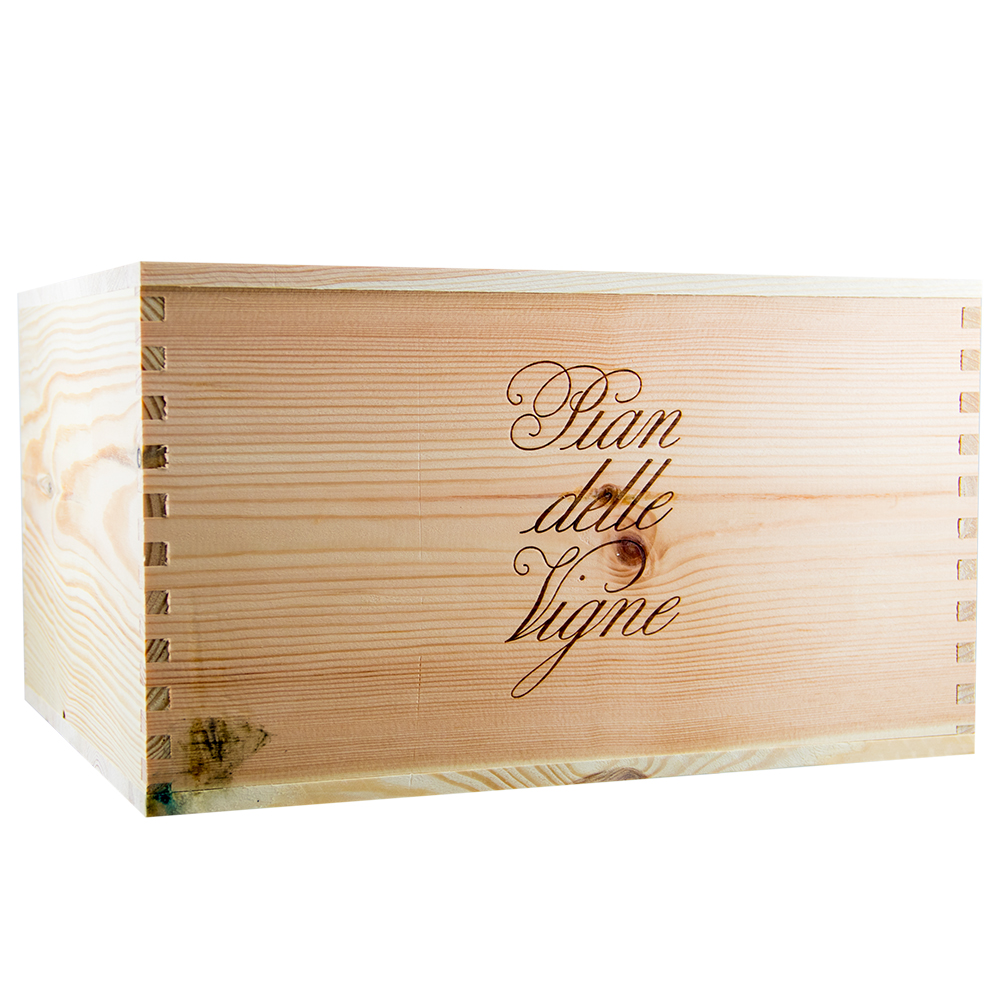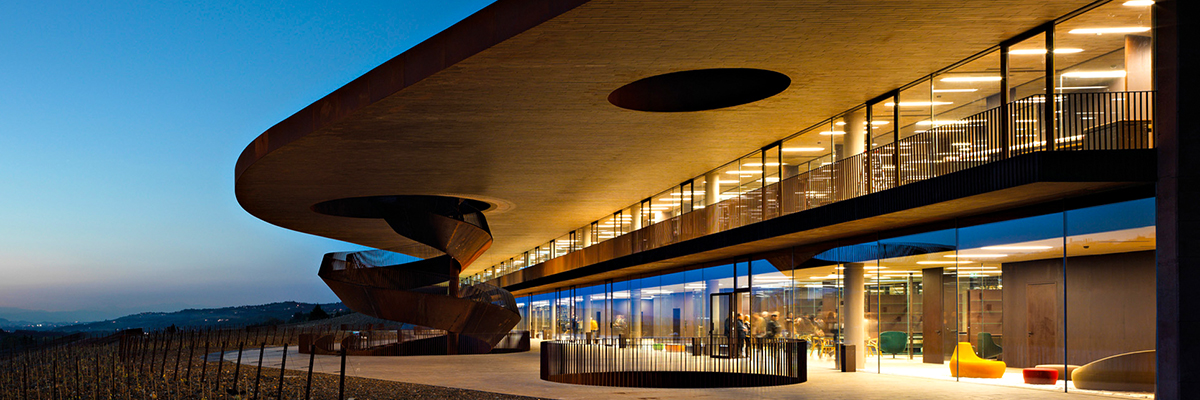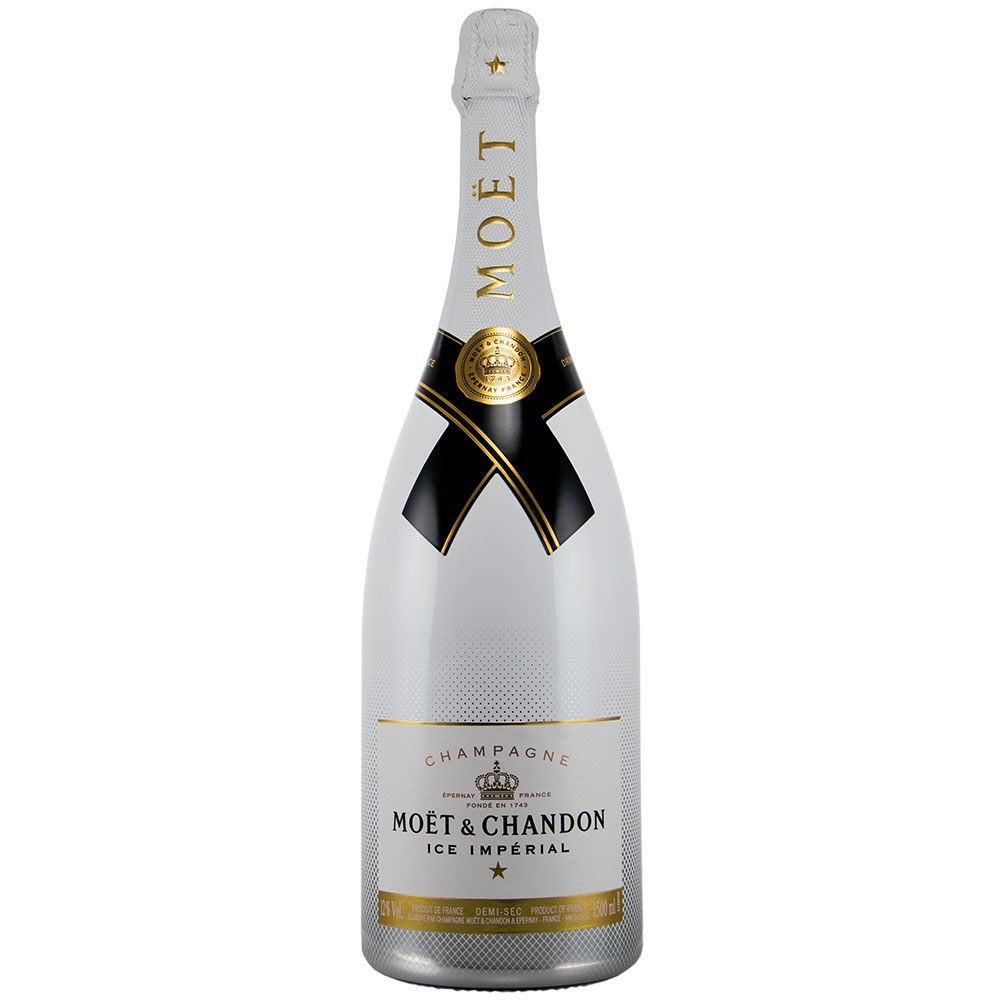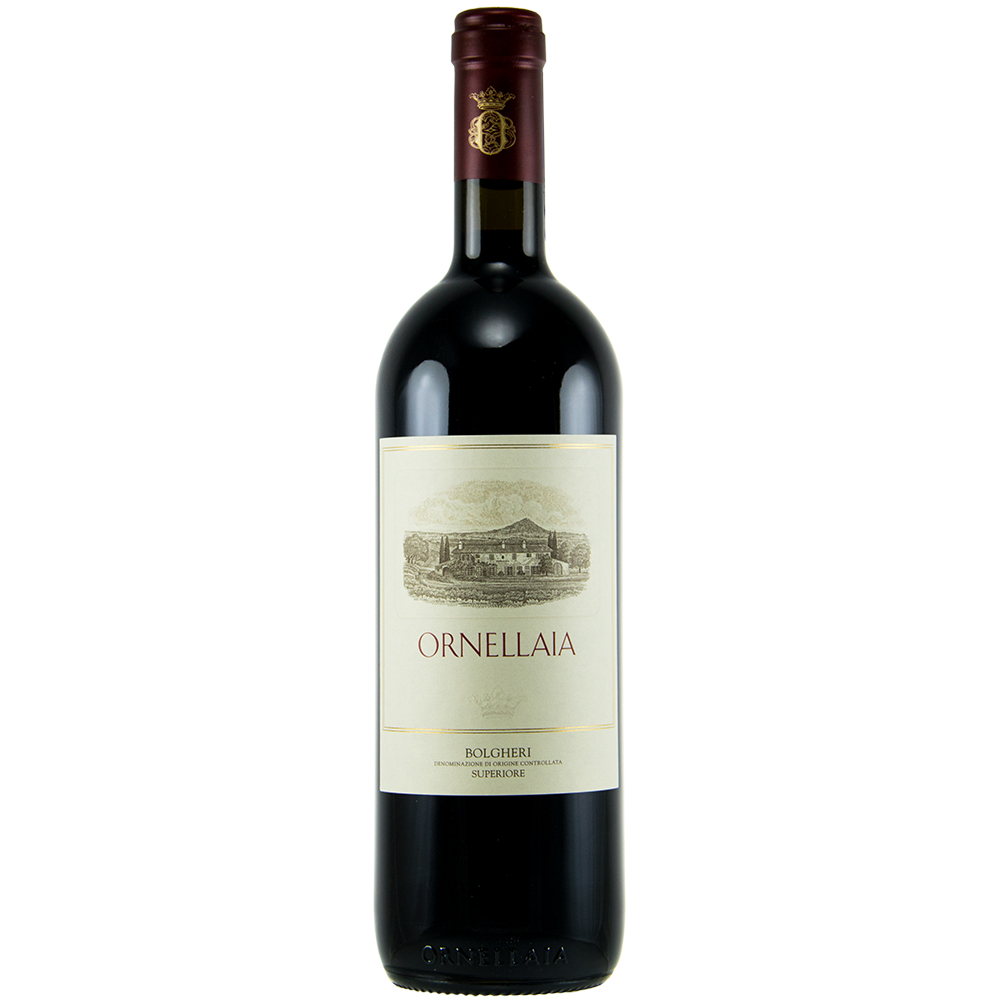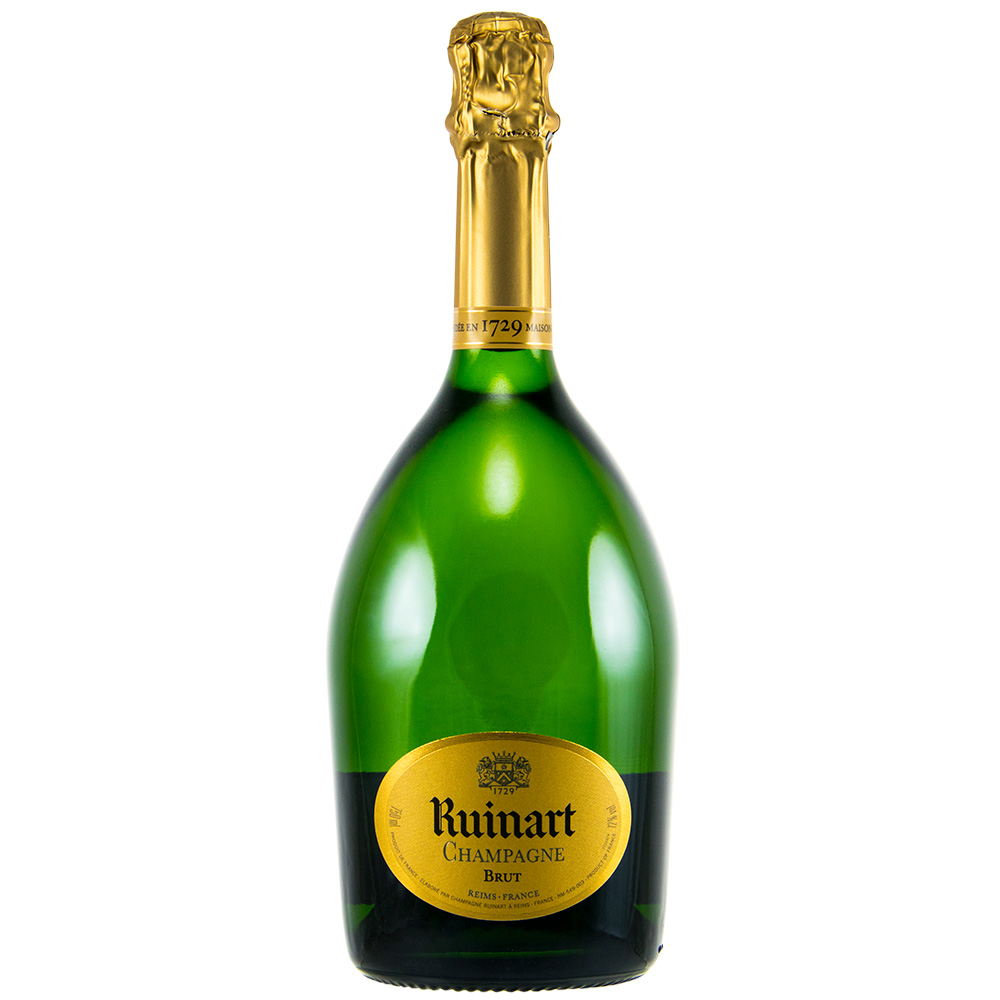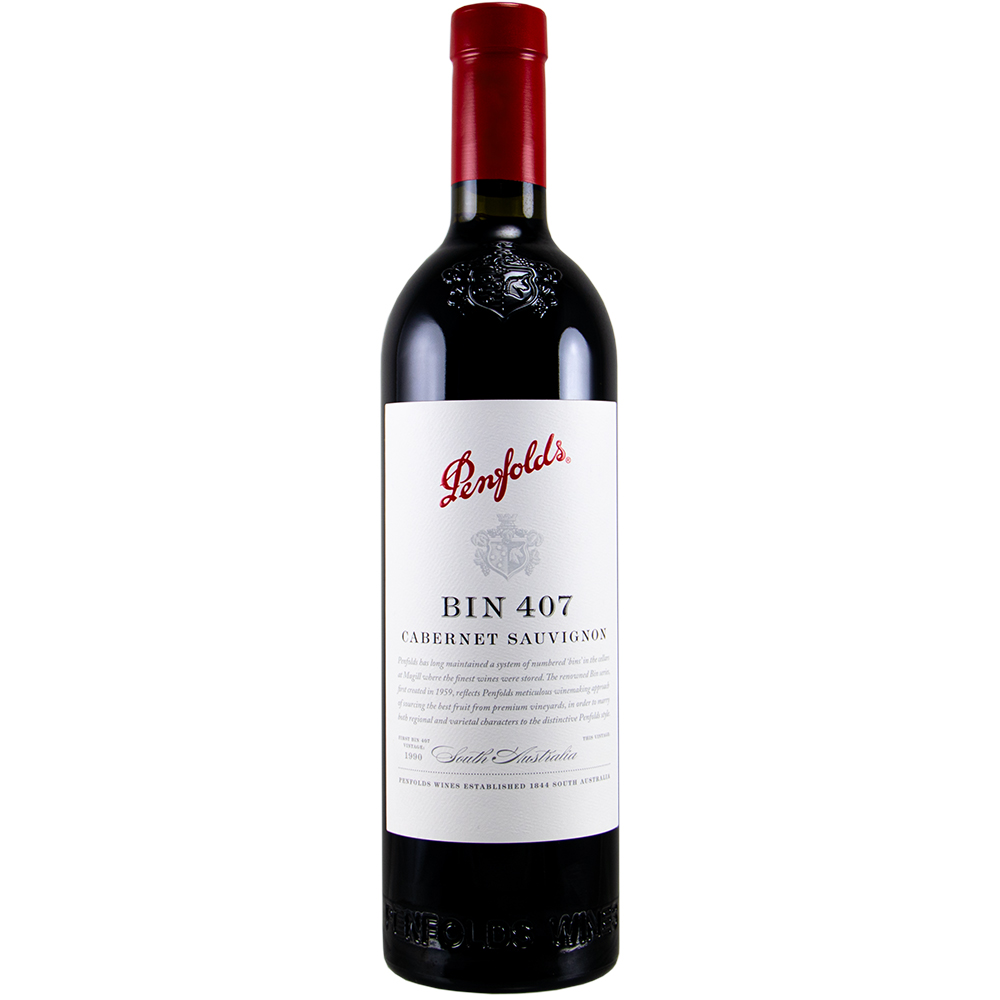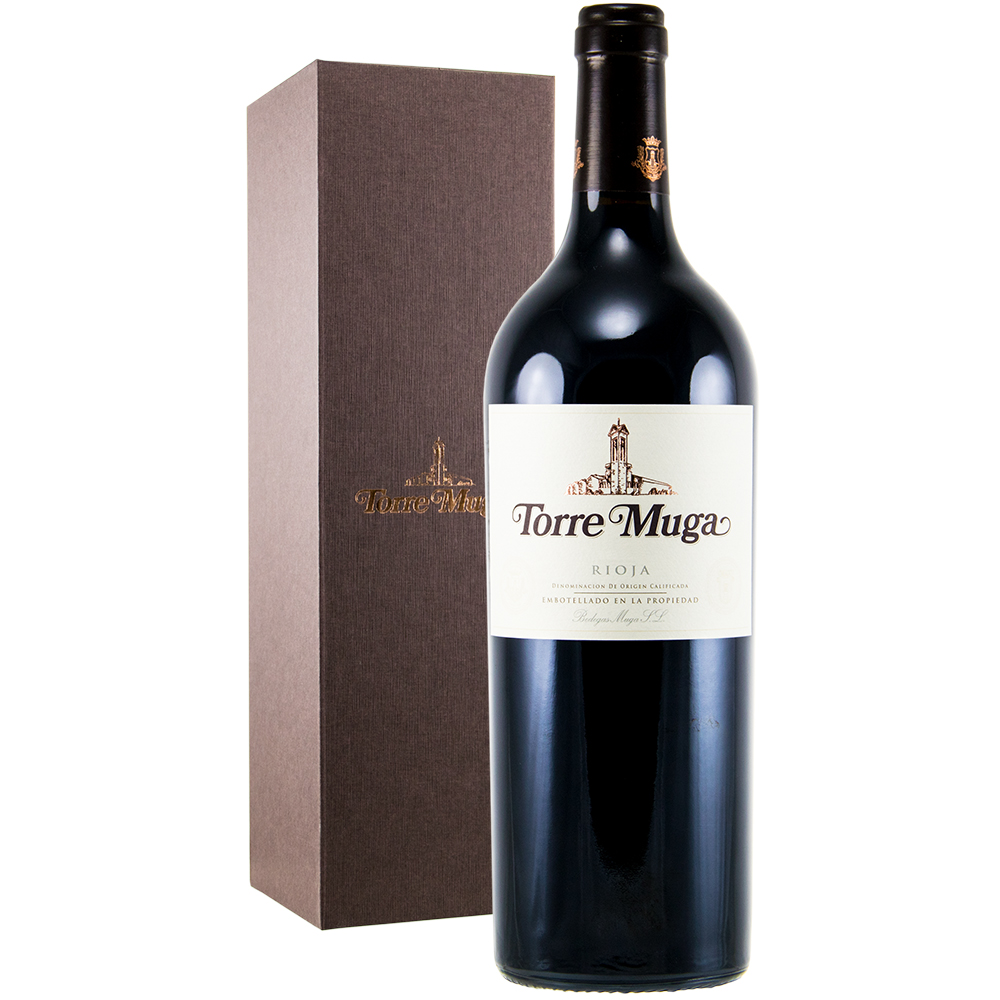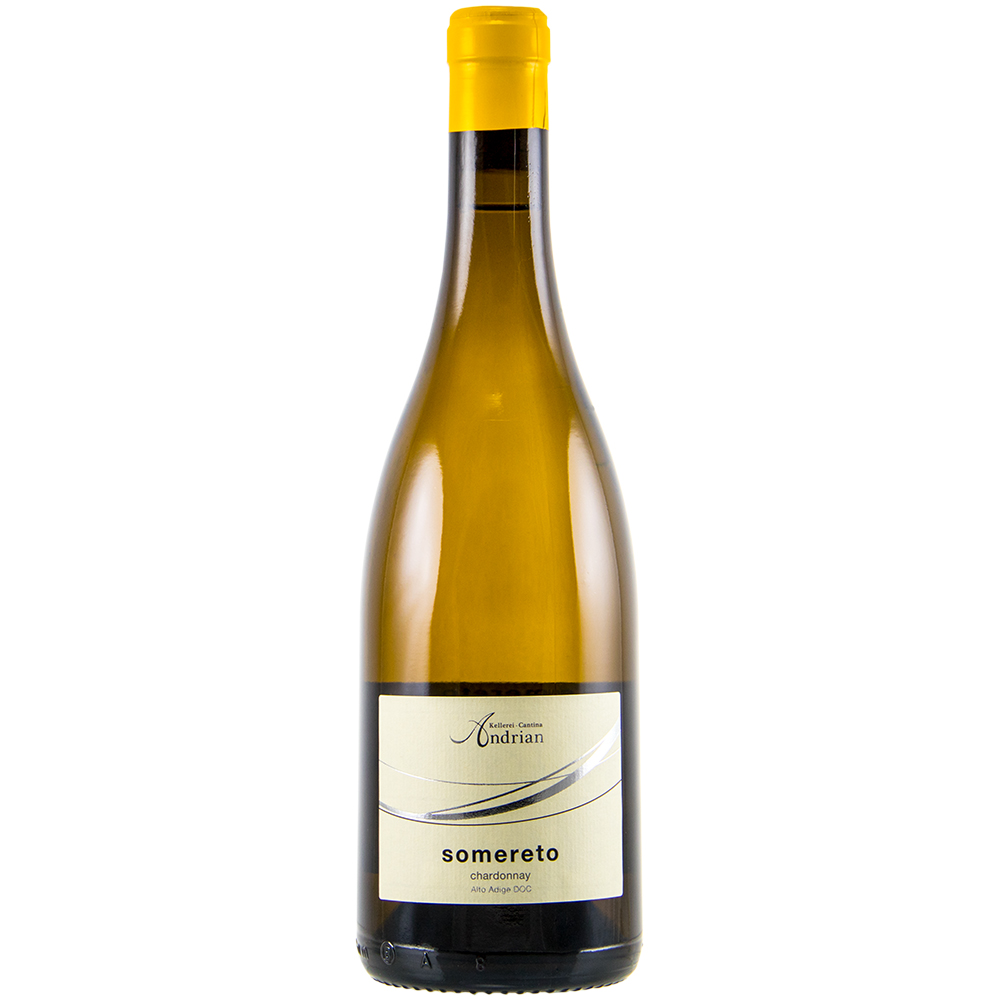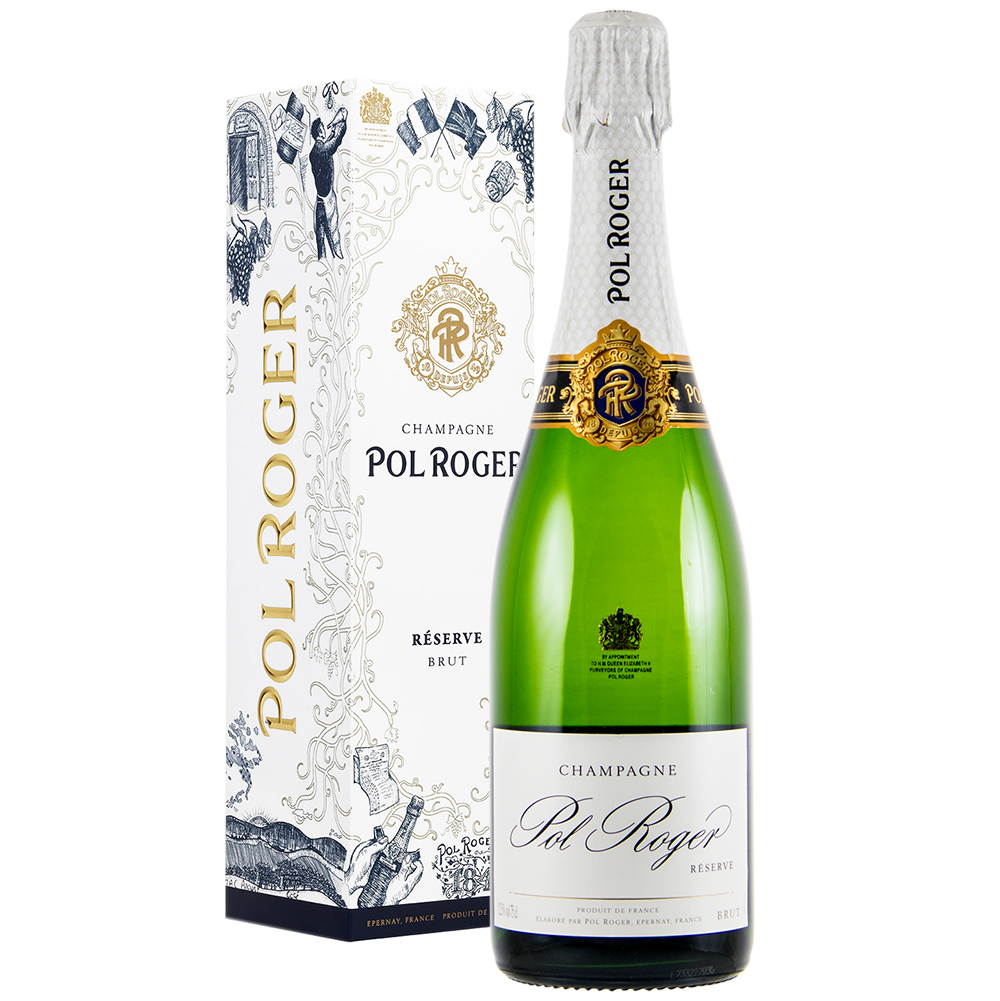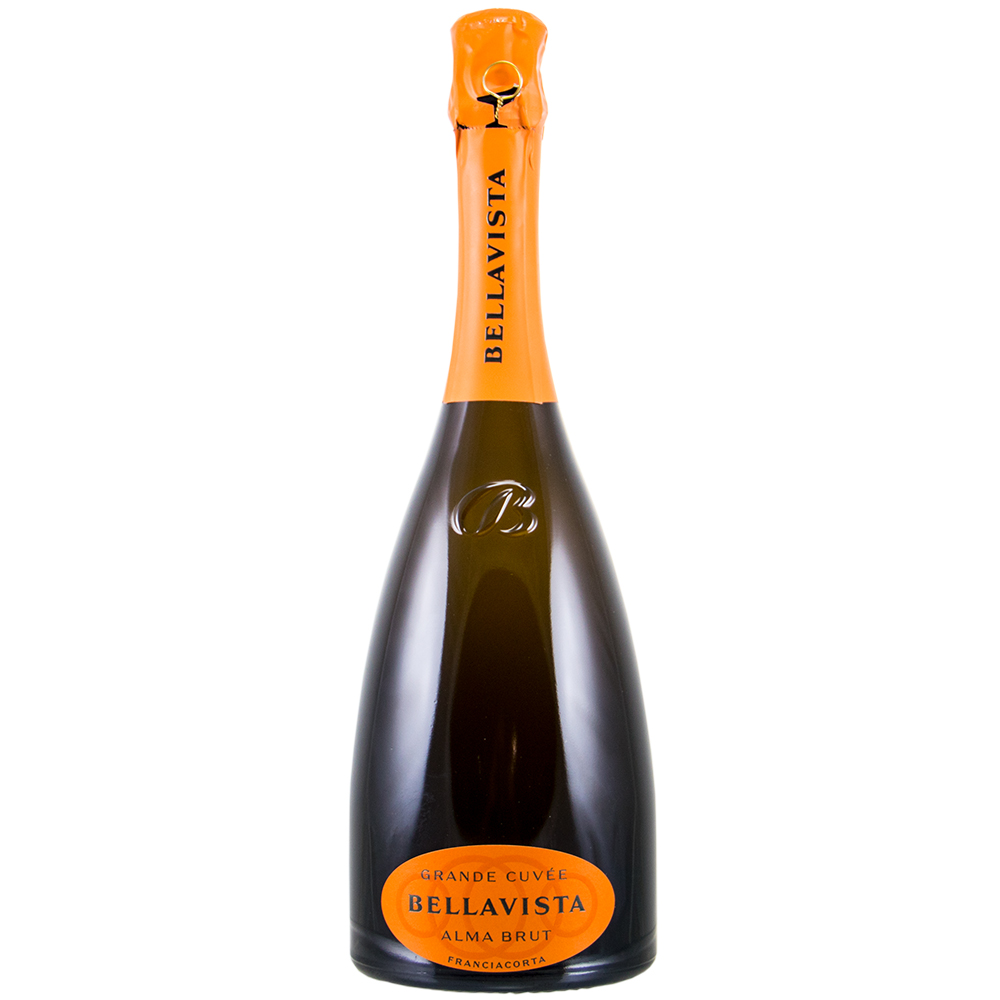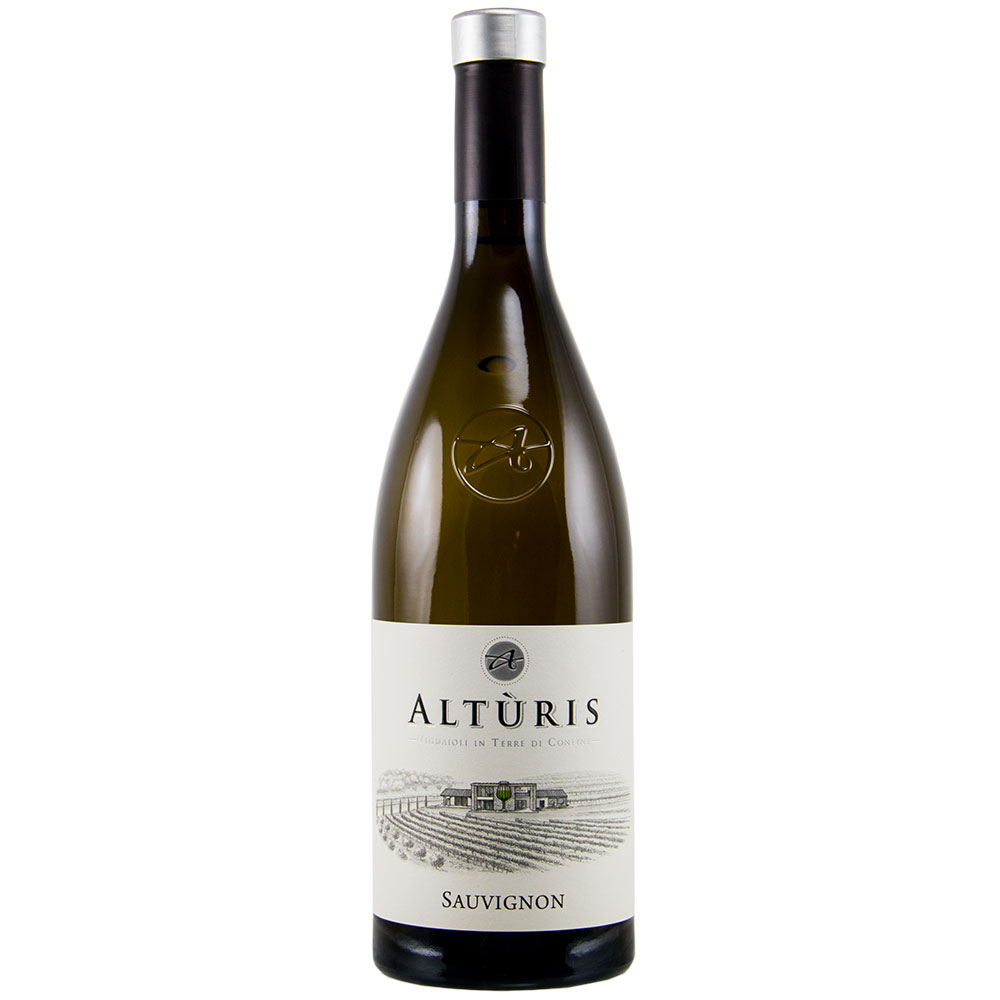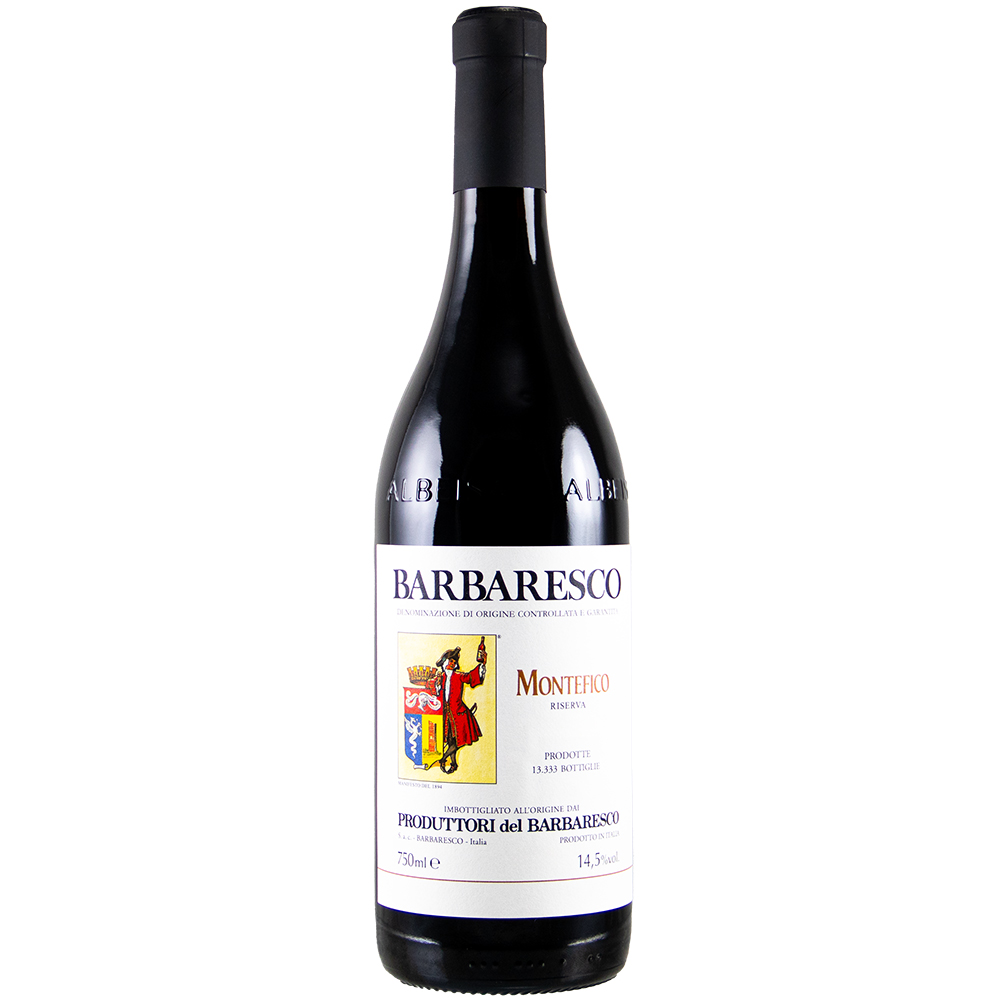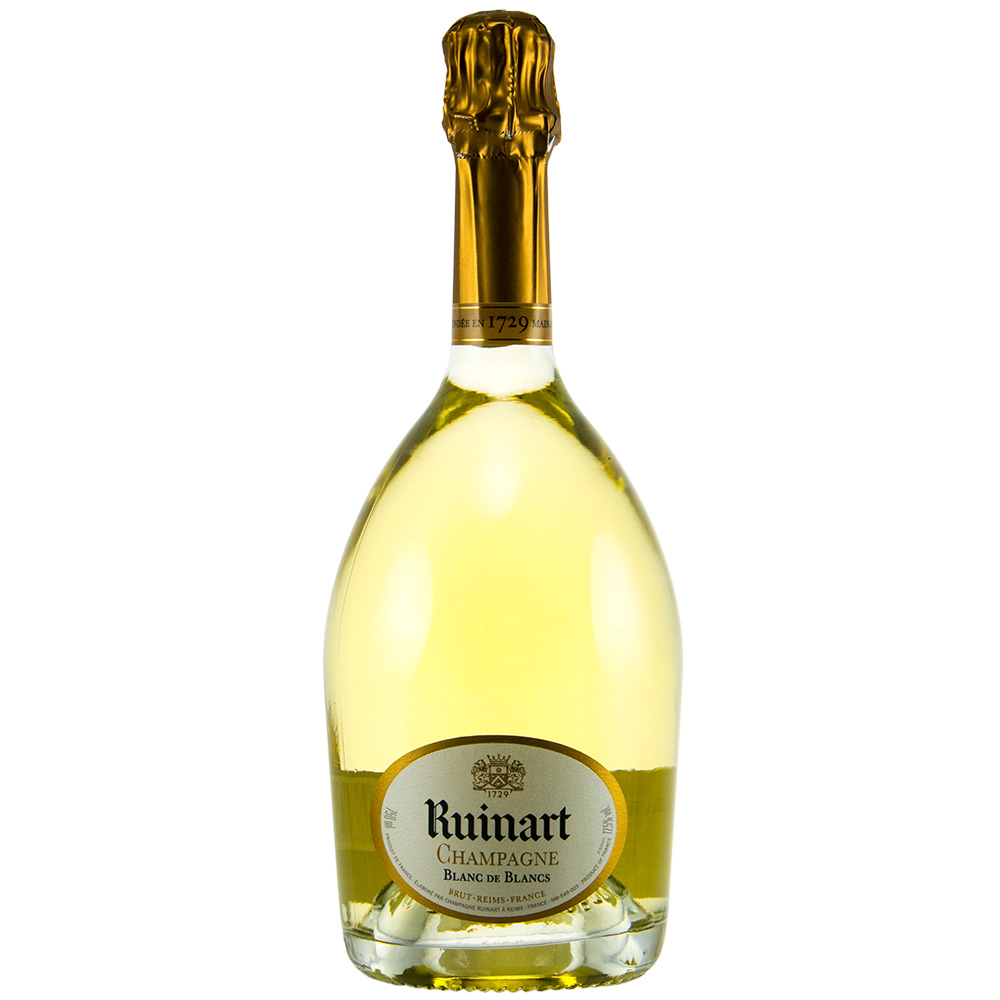6x Antinori Pian delle Vigne Brunello DOCG 2019 OHK
Allergenhinweise: Enthält SulfiteVerantwortlicher Lebensmittelunternehmer: Marchesi Antinori S.p.A. Piazza Antinori, 3 50123 Firenze, ItalienFlaschengrösse: 0,75 LiterNur noch 4 vorrätig
Lieferumfang: 6x 0,75l Antinori Pian delle Vigne Brunello di Montalcino DOCG 2019 inkl. Original Holzkiste (OHK)
Weintyp: Rotwein
Hersteller: Antinori - Pian delle Vigne
Region: Italien, Toskana
Stil: trocken, fruchtig
Rebsorte: Sangiovese
Farbe: Rubinrot mit dunklem Kern
Beschreibung: Der Antinori Pian delle Vigne Brunello di Montalcino DOCG präsentiert sich in der Nase mit komplexen Anklängen an dunkle Kirschen, edles Marzipan, Brombeeren, Pflaumen, Bitterschokolade und Bourbon-Vanille. Im Geschmack ist der Antinori Pian delle Vigne Brunello di Montalcino DOCG absolut elegant und schmeichelnd. Er kleidet den Gaumen mit großer Intensität aus.
James Suckling: „Sweet black cherries with some blackberries, as well as cherry blossom in both the nose and palate. Medium to full body with firm tannins and a chewy finish, but it will soften and come together nicely with bottle age. Try after 2025.“
Vinous: „The 2019 Brunello di Montalcino opens with a dark and brooding bouquet that mixes plum sauce with dark chocolate and espresso beans. This blends velvety textures with ripe red and black fruits all over a core of juicy acidity while maintaining a lifted and energetic feel. The 2019 finishes structured and long yet still relatively fresh. Orange-tinged blackberry and savory herbs linger. I am very impressed by the palate performance and tannin management of the 2019, yet I wish the winery would push for an equally fresh display on the nose. That said, fans of the Pian delle Vigne style will love the energy in this wine.“
Trinktemperatur: 16-18°
Lagerpotential: bis 2038
Auszeichnungen:
James Suckling: 94/100 Punkte für 2019
Antonio Galloni: 93/100 Punkte für 2019
Robert Parker: 93/100 Punkte für 2016
Wine Spectator: 93/100 Punkt für 2016
Antonio Galloni: 93/100 Punkte für 2016
James Suckling: 93/100 Punkte für 2016
Antonio Galloni: 94/100 Punkte für 2015
James Suckling: 94/100 Punkte für 2015
Antonio Galloni: 91/100 Punkte für 2013
Robert Parker: 92/100 Punkte für 2013
James Suckling: 94/100 Punkte für 2013
Wine Spectator: 93/100 Punkt für 2013
James Suckling: 94/100 Punkte für 2012
Wine Spectator: 93/100 Punkte für 2012
Vinum: 17/20 Punkten für 2012
Decanter: 93/100 Punkte für 2012
James Suckling: 94/100 Punkte für 2011
Robert Parker: 93/100 Punkte für 2010
Wine Enthusiast: 91/100 Punkte für 2010
© Pietro Savorelli
Über das Weingut.
Das Weingut Antinori ist ein alter italienischer Adelsbesitz und trägt den Namen Marchesi Antinori srl (zu deutsch etwa Markgrafen Antinori GmbH). Die Tradition dieses Gutes reicht bis in das 12. Jahrhundert zurück und umfasst, wie es in der Werbung des Weingutes heißt, 26 Generationen.
Die Anfänge stammen aus Florenz und Umgebung, und auch heute noch ist die Toskana der Stammsitz der Familie. Der Schwerpunkt der Tradition der Antinoris war und ist der Weinanbau. Was man als das “Weingut Antinori” bezeichnet, besteht aus vielen Einzelgütern, die über die gesamte Toskana verteilt sind. Eines der berühmtesten Güter ist Tenuta Tignanello mitten im Herzen des Chianti, also der bekanntesten Weinregion der Toskana. Die einzelnen Güter im Weingut Antinori sind gar nicht besonders groß. Die Anbaufläche beträgt insgesamt 2200 Hektar mit einer Jahresproduktion von etwa 20 Mio. Flaschen. Diese Größe wird von manchen anderen europäischen Anbaugebieten übertroffen, jedoch hat jedes der Häuser im Weingut Antinori seine exklusiven, hochwertigen Spezialitäten, die ihre Beliebtheit bei den Kennern ausmachen.
Angebaut und produziert wird im Weingut Antinori fast ausschließlich Rotwein, und zwar in erster Linie aus den Rebsorten Sangiovese und Cabernet Sauvignon, in vielerlei Mischungen (Cuvées) und Schattierungen. Auch der berühmte Chianti Classico ist überwiegend ein Sangiovese, der zum Führen des Prädikats DOC (Denominazione di origine controllata) maximal 20 % Beimischung anderer Rebsorten enthalten darf. Dieser Wein ist sozusagen das Aushängeschild für das Weingut Antinori und trägt als Markenzeichen den Gallo Nero, den schwarzen Hahn, über dem Etikett. Aber auch alle anderen Erzeugnisse aus dem Weingut Antinori gelten als Spitzenweine. Bekannteste Vertreter des Weinguts sind z.B. der Antinori Tignanello, der Antinori Solaia und der Antinori Scalabrone.
Zusätzliche Informationen
| Gewicht | 1,2 kg |
|---|---|
| Weintyp | |
| Länder | |
| Weingüter | |
| Trauben | |
| Geschmack | |
| Barrique | |
| Allergenhinweise | |
| Verantwortlicher Lebensmittelunternehmer | Marchesi Antinori S.p.A. Piazza Antinori, 3 50123 Firenze, Italien |
| Flaschengrösse | 0,75 Liter |

